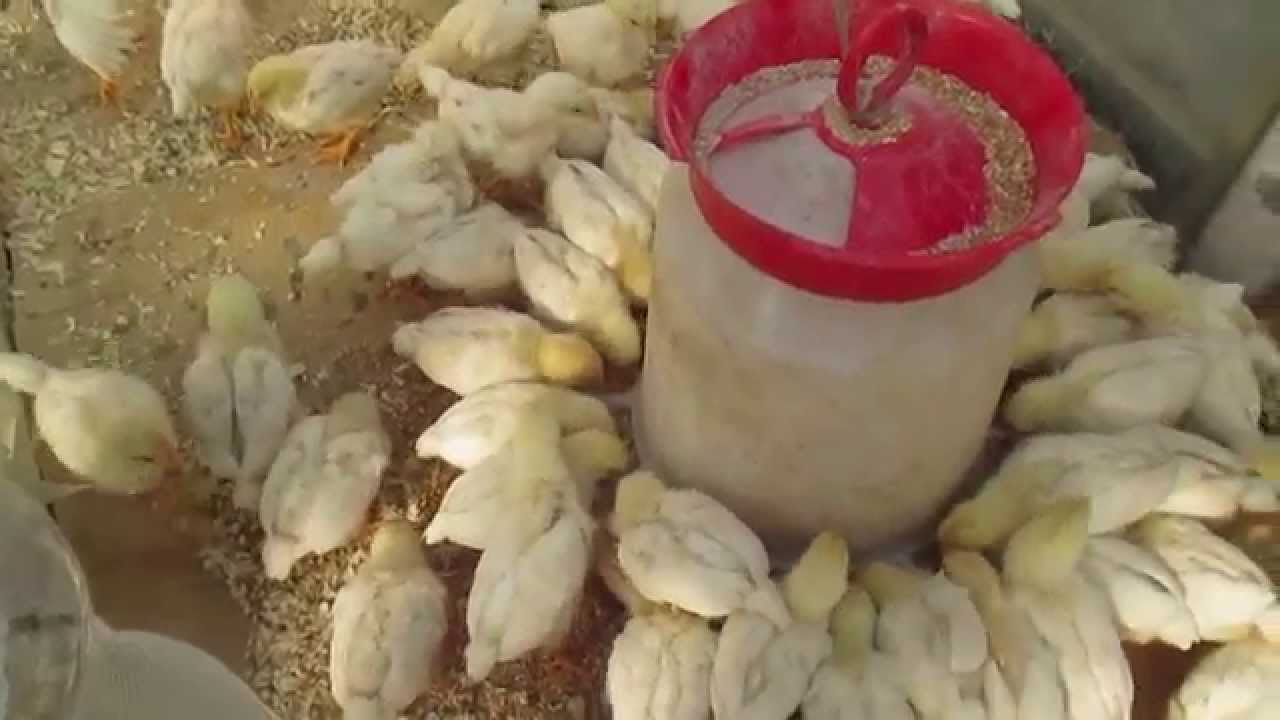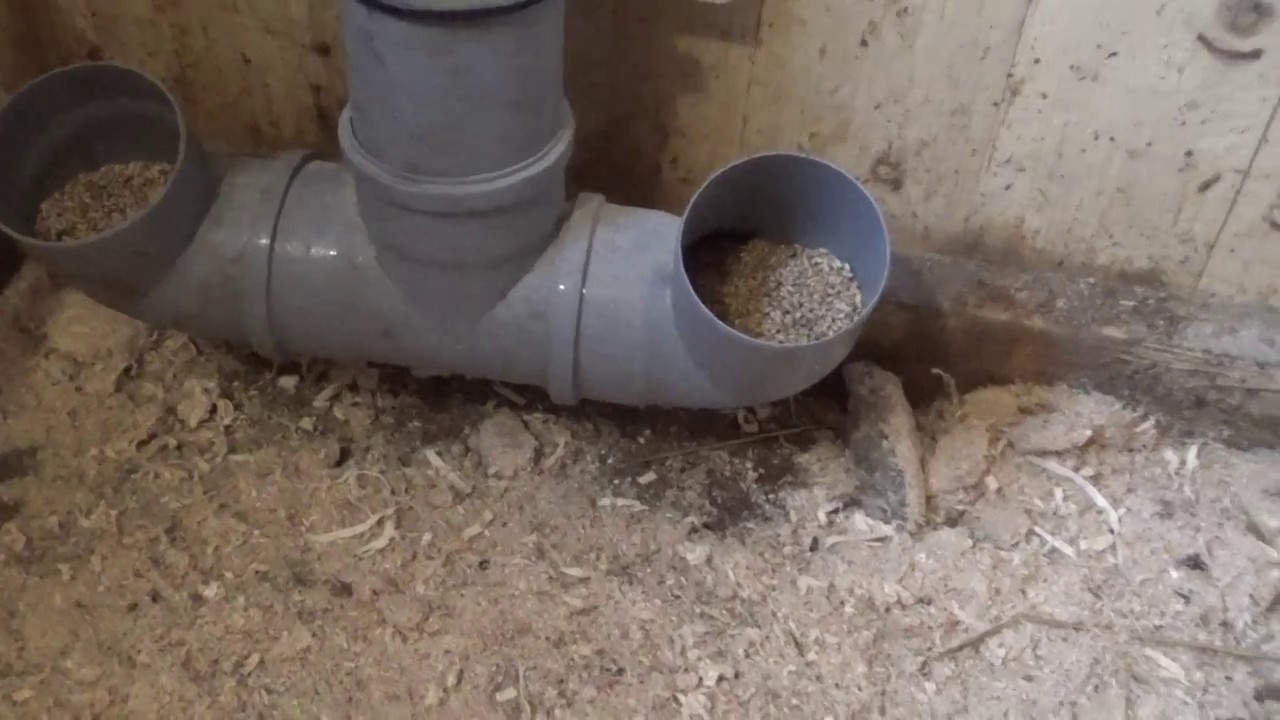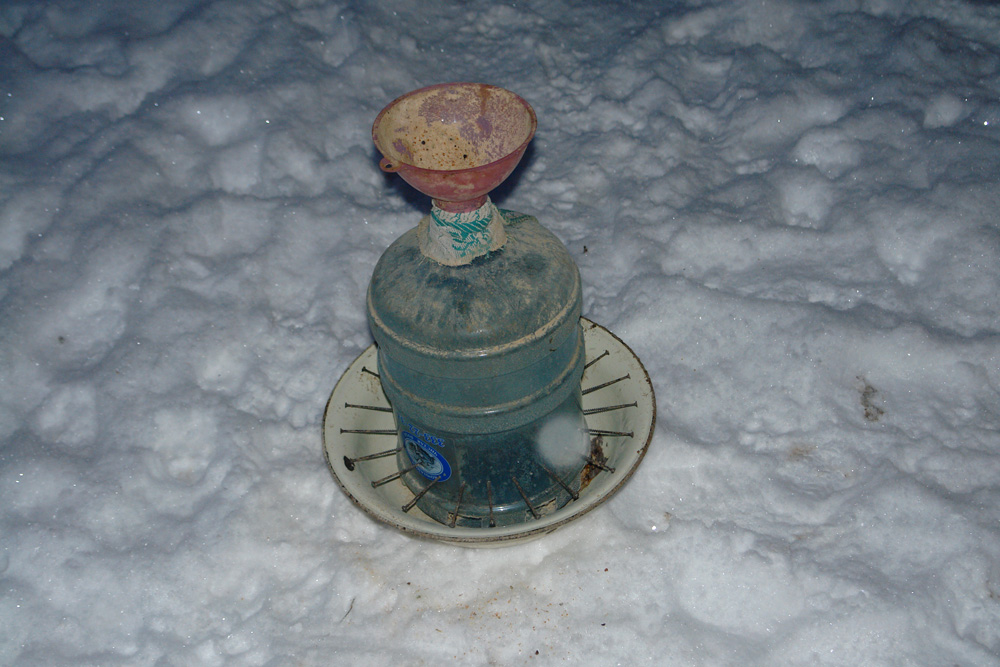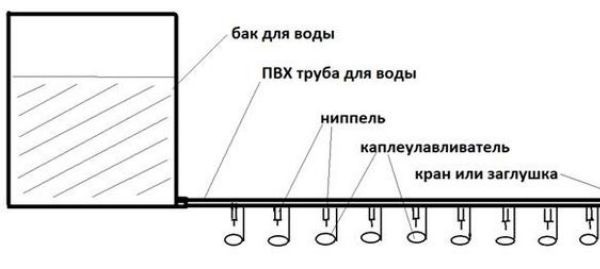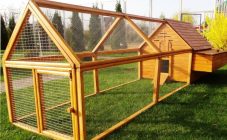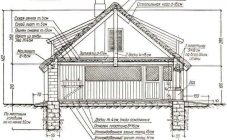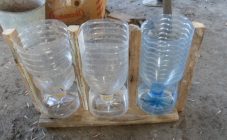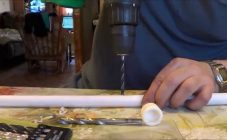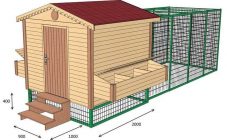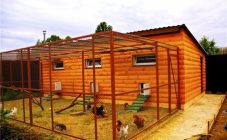Content:
Proper nutrition is the basis for healthy chick growth and development. Therefore, when choosing a feed, you need to focus on the nutritional properties of the mixture, its balance and digestibility. It is forbidden to feed chicks with hard, heavy food. For each age, you need to choose a special diet. It should contain:
- Carbohydrates. Most of them are in the grain. Chickens, actively moving, consume the supply of carbohydrates, and what they did not have time to use up is deposited in the form of fats.
- Protein. The most important element for the growth of young stock. Moreover, almost a quarter of chicken meat itself consists of this microelement. To provide them with growing poultry, you need to add lentils, boiled meat to the menu.
- Fats and vitamins. As a rule, they are included in sufficient quantities in ready-made feed mixtures for poultry.
Features of the diet
There should always be food in the feeder. Moreover, it is better to place containers with food and water in a warm place. Feeding can start 15 hours after hatching. Previously, it simply does not make sense, because, while still inside the shell, the chickens eat the rest of the yolk. So the feeling of hunger does not come to day old babies right away.
For the first week, chickens will have to be fed every 2 hours, even at night. Then the interval can be increased. It is important that no chick goes hungry. Therefore, it is necessary to check everyone's goiter. If there are individuals in which it is not yet full, they must be fed separately.
When the kids are a little older, it's time to offer them greens and crushed worms. You should not rush with the latter. Introducing them to the diet too early can lead to infection with helminths. It is better to wait until the chickens become adult independent chickens with a stronger immune system.
How to make a feeder
Before answering the question of how to make feeders and drinkers for chickens with your own hands, you should understand the types of these devices. Each of them performs its own function, so all feeders are divided according to their purpose.
Basically, experts distinguish them according to the method of feeding:
- A tray feeder is a long flat dish with sides and a net or a spinner on top. Thanks to this design, the chickens are unable to scatter food around the tray.
- Bunker, or automated. With its compact size, it can hold a huge amount of feed mixture. The chick feeder is designed so that food will flow into the tray when chicks peck the previous batch. The lid will prevent dirt and moisture from entering the feed.
The first type is recorded from the outside of the pen. Its main advantage is the presence of cells, which allows you to simultaneously offer chickens several types of feed at once. But it is still better to give the grass in a mesh container with a basket-like shape.
When constructing any type of feeders, you must adhere to the basic rules:
- The container should be arranged so that chickens cannot climb in or from above. Otherwise, the feed will be constantly contaminated, not only with garbage, but also with droppings.
- Weight and construction should not impede easy cleaning and disinfection of utensils. Sanitary work must be carried out at least 3-4 times a week.
- To assemble the feeder by hand, it is better to choose plastic or metal.
- The volume is selected based on the number of chickens. It is important that each bird has free access to food, otherwise weak individuals will be malnourished. For adult chickens, a length of 15 cm is enough, for young animals a little smaller - 8 cm.When you plan to make a round-shaped feeder, you need to measure such a diameter so that there is at least 2.5 cm for 1 chicken head.
The simplest and therefore the most popular option is to make a plastic bottle feeder. The main requirement for the material is to maintain its shape. Usually, poultry farmers use 2 methods for making feeders from these containers:
- The first option: holes are made on the wall of the bottle with a diameter of about 3 cm, retreating from the bottom by 8 cm. The handle of the dishes is used to hang the feeder.
- The second option assumes an automatic feeding method. Holes up to 1 cm in radius are cut at the bottom of the bottle. The container itself is attached to a wide bowl. Food is poured to the top of the plastic container. Chicks, sitting in a circle, will not be able to overturn their feeder, food will independently come from the upper reserves when the previous portion is eaten.
Varieties
There are also other feeders and drinkers for chickens from available tools. It all depends on what kind of idea fantasy tells the owner. Rather, a brief overview of the options will help to determine:
- From drainpipes. Such a unit is convenient in that it can be used to feed a large number of chickens, while using a minimum of funds. All that is needed is to make wide enough holes in the pipe and pour feed into it. The chickens will be able to feed freely and not interfere with each other.
- Made of wood. As a rule, plywood is more often used in such works. You will need:
- 2 sheets for the sides, up to 20 cm high and 10 cm wide;
- 2 sheets for front and back walls 80 cm long, 15 high and 10 wide;
- 1 piece of plywood for the base;
- crossbar;
- hammer and nails.
Connect the two side sheets to the base so that a right angle is obtained. Then attach the long walls. You should get an elongated box. Pin the crossbar to the top of the narrow walls. The feeder is ready. It remains to add food and feed the chicks.
In addition to a container with food, there should always be a container with water in the chicken coop. Similar to the trough, you can build an original sippy cup.
Do-it-yourself drinking bowls for chickens
As in the case of feeders, plastic bottles are very popular as a starting material. But now the volume of 2 liters will not be enough. Better to use five - and three liter bottles.
Step-by-step instructions for assembling a structure:
- For containers with a larger diameter, the upper part is cut off, retreating approximately 5 cm from the lid. A bowl should form.
- The second dish of smaller volume is attached to the first one with screws, guiding the lid into the lid.
- 5-8 cm retreat from the neck of the second bottle and make small slots so that their height is not higher than the depth of the bowl.
- Use screws to secure the unit to a wall, post, or other vertical object.
After that, you can safely pour water into the drinking bowl. It should be noted that there is no simpler method than this one yet. It allows even a large number of chickens to be provided with sufficient water. Although there are weaknesses. Such a device is not very stable and can turn over if a chicken climbs into it. In addition, a drinking bowl from a bottle becomes dirty quickly and is not easy to clean.
To counterbalance this unreliable design, experienced poultry farmers came up with a more advanced system that quickly became the most popular. This is a nipple drinker. It works like drip irrigation. Stable, robust, easy to handle and durable. Ideal for broilers because meat breeds need plenty of drink more than others. All you need to do is periodically add water to the reservoir. To assemble such a model, you will need the following items:
- 360 nipples.
- Plastic bottle, bucket or barrel.
- Plumbing teflon thread.
- Drill with drill 9 mm.
- Tap and fasteners.
It is necessary to make holes in the container for each nipple, prepare the thread. Then mount the nipples and process the fastening with Teflon thread. Once fixed and disinfected, the drinker will be ready for use.
This method is considered the most profitable and requires a minimum of assembly time. But those who prefer a more practical design will definitely like the drinking trough made of pipes. On the water supply plastic pipe you need to make grooves for the nipples. The diameter of each hole is slightly less than a centimeter. Do not place them too close to each other. Otherwise, the chickens will crowd and interfere with each other.
The optimum interval is 20 cm. The pipe should be plugged on one side. A hose supplying water is installed in the bottom of the water tank. If desired, you can connect directly to the water supply and sewer. This will greatly facilitate the cleaning and filling of the drinker. An approximate diagram of its implementation is shown in the figure below.
Tips from experienced poultry farmers
Those who have been raising chickens and other poultry on their site for several years already know some of the secrets of this difficult business.
Responsible owners do their best to disinfect all equipment in time, equip feeders and drinkers with separate cells. But even this does not guarantee success. Frequent processing of dishes makes them unusable, especially if they were inexpensive appliances. It is expensive to spend a large amount on keeping poultry. Therefore, experienced poultry farmers recommend collecting bird dishes with your own hands.In every household there is always a leaky bucket or other similar container that is no longer suitable for the household. A few simple manipulations, and a unique do-it-yourself chicken feeder is ready. Simple, effective and family-friendly.
Growing chickens at home, you need to provide them with all the necessary conditions. The most important thing is that chickens, especially growing chickens, are always full. It is best to separate the young from the adult bird. Firstly, this way each individual will get enough food. Secondly, it will be easier to track who lacks food, who is less active, etc.
Ideally, the trough and drinker are tailored to the needs and capabilities of the poultry. Many poultry breeders point out that there is no better option than a wooden tray with a crossbar. It is economical to assemble, convenient and practical to use.
